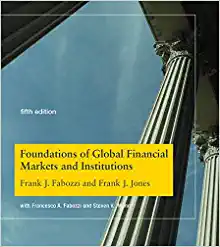Question
Assume that a firm has the following marginal benefit of pollution (denoted E for emissions measured in tons) MB = 150-5E How much would this
Assume that a firm has the following marginal benefit of pollution (denoted E for emissions measured in tons)
MB = 150-5E How much would this firm pollute if pollution is unregulated?
b. The government would like to reduce pollution from this amount by 12 tons and so implements a quantity constraint at the quantity in part (a) minus 12.What is the cost to this firm of reducing pollution by 12 tons?
c. What tax would encourage this polluter to reduce pollution by the same 12 tons as the quantity constraint?What would the cost of this tax be to the firm?
d. Now assume that there is a second firm with the following marginal benefit of pollution: MB2 = 90 - 3E^2How much pollution would this firm emit if pollution is unregulated and what would it's cost be to reduce pollution by 12 tons from that level?
e. Now assume that instead the government allocates each firm permits to pollute equal to the total current pollution minus 12 tons, but allows the firms to trade.Which firm will purchase permits and which firm will sell permits?
Hint: Notice that total pollution reduction of firm 1 plus firm 2 will be 24 tons.
f. How much pollution reduction will each firm undertake after they have traded permits?What will the total cost of pollution reduction be across both firms?
g. What price will permits sell for? What would the total cost to each firm of complying with the cap-and-trade policy be?
h. Explain in words why the total cost of reducing pollution is lower under cap-and-trade than with firm-specific pollution limits.
Step by Step Solution
There are 3 Steps involved in it
Step: 1

Get Instant Access to Expert-Tailored Solutions
See step-by-step solutions with expert insights and AI powered tools for academic success
Step: 2

Step: 3

Ace Your Homework with AI
Get the answers you need in no time with our AI-driven, step-by-step assistance
Get Started


